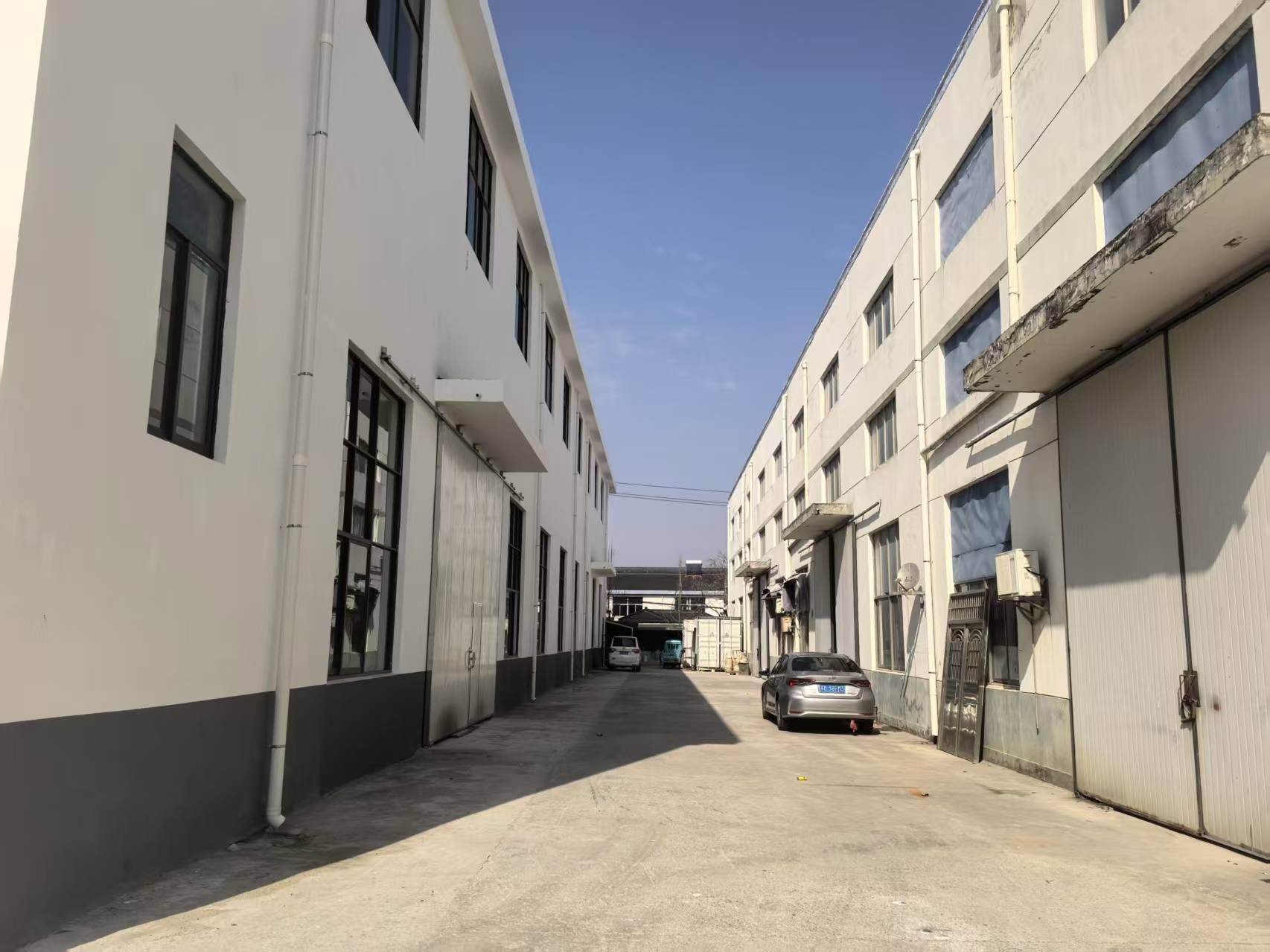
Scientific component showcase distinguished molecular traits, establishing them perfect for a varied range of functions. Stemming from outer space and vehicles to tech hardware, these materials are persistently advancing to match the requirements of a leading-edge world.
- Their durability and fortification to critical settings make them indispensable for cutting-edge equipment.
- In addition, technical ceramics contribute positive attributes in terms of lightweighting, promoting the evolution of novel solutions.
Producing Substances: Tailored for Outstanding Functionality
Manufactured ceramics thrive in tough tasks due to their outstanding features. Crafted from premium raw constituents and processed with stringent processing systems, these progressive products offer top-notch robustness, oxidation resistance, and endurance to harsh environmental conditions, oxidation, and chafing. From aeronautics units to shaping tools, industrial ceramics deliver peerless efficiency across several industries. Their elasticity allows resisting inimical places, assuring lastingness and soundness. As advancement progresses, the demand for high-performance elements grows, cementing the major role of industrial ceramics in shaping a enhanced epoch.
Advanced Ceramics: Transcending Fabric Boundaries
Structures, showing unparalleled sturdiness and endurance, are experiencing a revolution. Advanced ceramics, created with meticulous control over their composition and fine structure, defying the frontiers of what's feasible. These materials manifest a comprehensive assortment of traits, rendering them optimal for demanding sectors such as astronautics, biomedical, and electricity. From low-weight parts that can endure extreme heat to body-friendly implants that meld fluidly with the living system, advanced ceramics are reshaping our environment.
Exact Ceramic Production: Handling Exacting Requirements
Specialized ceramic fabrication has advanced remarkably in recent epochs, permitting the creation of complex and highly usable ceramic elements. These elements are essential across a extensive range of branches, including space, biological, and instrument domains. Fulfilling the precise specifications for these functions calls for accurate fabrication practices that guarantee dimensional correctness, surface coating, and material essentials. Contemporary ceramic fabrication processes adopt manifold methods, including slip casting, injection molding, and additive manufacturing. These processes grant the construction of detailed geometries and delicate characteristics with highly rated repeatability. Besides, advances in material studies have spawned new ceramic formulations endowed with strengthened facets. These compounds possess increased longevity, persistence, and tolerance to critical energy conditions, making possible their use in critical sectors.
The potential for strict ceramic fabrication are tremendous. As examinations and development make headway, we can await even more modern practices and composites that will likewise push the limits of what is realizable in this domain.
High-Strength Ceramic Materials for Extreme Locales
Specialized ceramic ingredients boast extraordinary strength and immunity against harsh situations, making them optimal for critical assignments in aerospace domains. These modern ceramics can withstand elevated thermic loads, oppose wear, and secure their functionality under challenging physical burdens. Their unparalleled nanostructural properties make possible steady output in extreme settings, including heat chambers, aero engines, and nuclear plants.
- Composite ceramics
- Heat resilience
- Decreased bulk
Composite Ceramics: Combining Robustness and Performance
Blended materials present a convincing mix of mechanical strength and distinct particular characteristics. Through the combining of ceramic grains within a copyright, these structures achieve exceptional capabilities. This mixture results in heightened immunity against high heat, wearing, and chemical degradation, rendering them perfect for demanding duties in space, driving, and utilities fields. Furthermore, ceramic composites can be configured to possess particular properties like electrical conductivity or biocompatibility, expanding their employability across diverse sectors.
Structural Handling in State-of-the-Art Ceramics
Accomplishing intended essentials in cutting-edge ceramics routinely calls for thorough control over their granularity. Myriad processing elements, including sintering heat level, interval, and atmosphere, alongside the incorporation of dopants or supporting phases, considerably change the layout of grains, void fraction, and other microstructural features. Meticulous tailoring of these factors allows for the improvement of resilience, cracking tolerance, and conductive conductivity. To illustrate, boosting the sintering heat magnitude can foster grain extension, thus increasing mass concentration and improving mechanical effectiveness. Conversely, regulating the firing atmosphere may modify the oxidation degree of the ceramic, thereby influencing its electrical resistance or magnetic properties. Realizing these relationships between microstructure and properties is vital for designing advanced ceramics with bespoke capabilities suitable for extensive applications.
Decay-Resistant Ceramics: Improving Endurance
Within taxing commercial sectors, where items are subjected to constant abrasion and decay, elements with impressive erosion resistance are vitally vital. Wear-resistant ceramics have materialized as a leading fix, affording unparalleled resilience and operation in broad industries such as operation, mining, and aerospace. These advanced forms possess a uncommon internal formation that improves their facility to counteract damage. By utilizing the inherent robustness and firmness of ceramic substances, engineers can fashion robust modules capable of withstanding the most challenging operating conditions.
Medical-Grade Materials: Functions in Medical Science
Bioinert ceramics have altered the therapeutic domain, delivering an array of beneficial peculiarities for extensive functions. These compounds are biologically stable within the organism, minimizing immune responses and aiding recovery. A prime use for biocompatible ceramics is in orthopedic implants, where their sturdiness sustains long-lasting strengthening to damaged tissues.
Over and above, they are used in dental restorations, furnishing a long-lasting and aesthetically pleasing solution for dentures. Ceramics also possess a key task in drug administration, enabling the focused release of pharmaceuticals to specific places within the human system.
- What's more, biocompatible ceramics are continuously being researched for regenerative medicine, serving as a matrix for restoration.
- Consequently, the destiny of biocompatible ceramics in biomedical fields looks propitious, with continual studies expanding their possibilities.
Ceramic Sensors: Enabling Reliable Assessments
Smart ceramic detectors have surfaced as fundamental segments across a multifaceted array of subjects. These apparatuses alumina ceramic employ the one-of-a-kind features of ceramic compounds to deliver highly reliable readings. Their robustness in {demanding|harsh| 